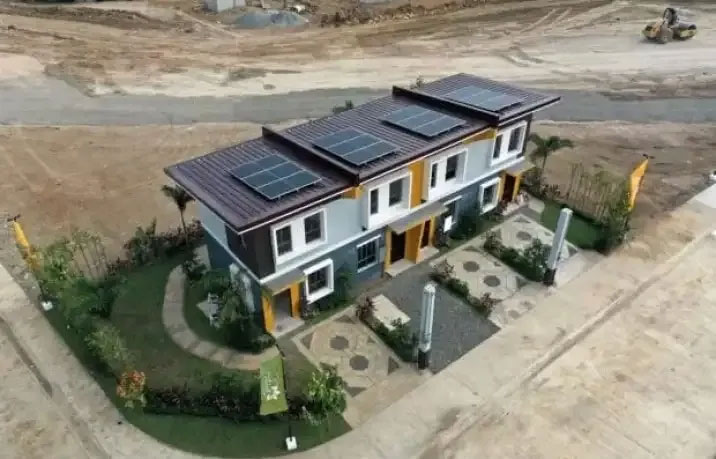
The Philippine Green Building Council (PHILGBC) opened to the public a rating tool that measures the design sustainability of wide-scale development projects, such as communities and campuses.
The first version of Berde — Districts, unveiled Sept. 19, evaluates the environmental, social, and economic impact of green projects based on management; use of land and ecology; energy; water; waste; materials; transportation; health and well-being; emissions; community engagement; and economic opportunity.
“[Berde — Districts] aims to be holistic in its criteria, including developmental and environmental aspects, but also elements related to livelihood, and proximity between work and home,” said John Philip Wang, executive vice president of Citihomes Builder and Development, Inc., at a Sept. 19 session of PHILGBC’s Building Green 2022 Conference.
The goal of the green building rating system, he added, is “contribute to the principle of balance — the hardest thing to achieve in life, as opposed to success, which many people identify with.”
Certification ratings are on a five-star scale, with five stars or “world class” being the highest and one star or “good practice” being the lowest.
Only projects that comply with the minimum system requirements, completed the assessment process, and achieved at least the minimum rating, may be certified under the Berde rating scheme.
Citihomes’ Liora Homes Naic in Cavite, which received three stars (“exemplar practice”), is the first residential community certified under Berde — Districts.
Other certifications from the pilot implementation are:
- LIMA Land, Inc.’s LIMA Estate in Lipa City, Batangas (the first certified industrial estate, five stars)
- Arthaland Corporation’s Sevina Park in Binan, Laguna (the first certified mixed-use community, five stars);
- and Filinvest Alabang Inc.’s Filinvest City (the first central business district, three stars).
The 794-hectare LIMA Estate also won PHILGBC’s Leadership in Sustainable Design and Performance for the Commercial category of the council’s Leadership in Green Building Awards.
“In a rapidly changing and competitive world, the only way forward is to elevate and transform the way we do business,” Rafael Fernandez de Mesa, president of conglomerate Aboitiz Group’s LIMA Land, Inc., at the same event. “Therefore, we are committed to putting sustainability at the forefront of everything we do.”
Aboitiz Power’s retail electricity supplier delivers 18 megawatts of renewable energy from its geothermal power plants to LIMA’s customers. Majority of industrial locators, meanwhile, use solar roof-mounted systems to help cover their energy demand and produce a combined 17 megawatts of power from solar energy. In the works too is a smart and interconnected water network.
Liora, for its part, aims to bring the Citihomes closer to its objective of net carbon zero, Mr. Wang said. It features solar panel systems rated at 1.64-kilowatt peak per unit, which will yield a 30% savings on electric bills, and rainwater harvesting tanks at 700-liter capacity per unit, which will yield about 35% savings on water consumption.
“The developer must be eternally vigilant in the quality of its construction … to maximize disaster resiliency,” he said. “The developer must also be fully supportive of local jobs, good businesses, environmentally responsible procurement practices, and active lifestyles for its residents — all the while keeping price points within an affordable range.” — Patricia B. Mirasol



